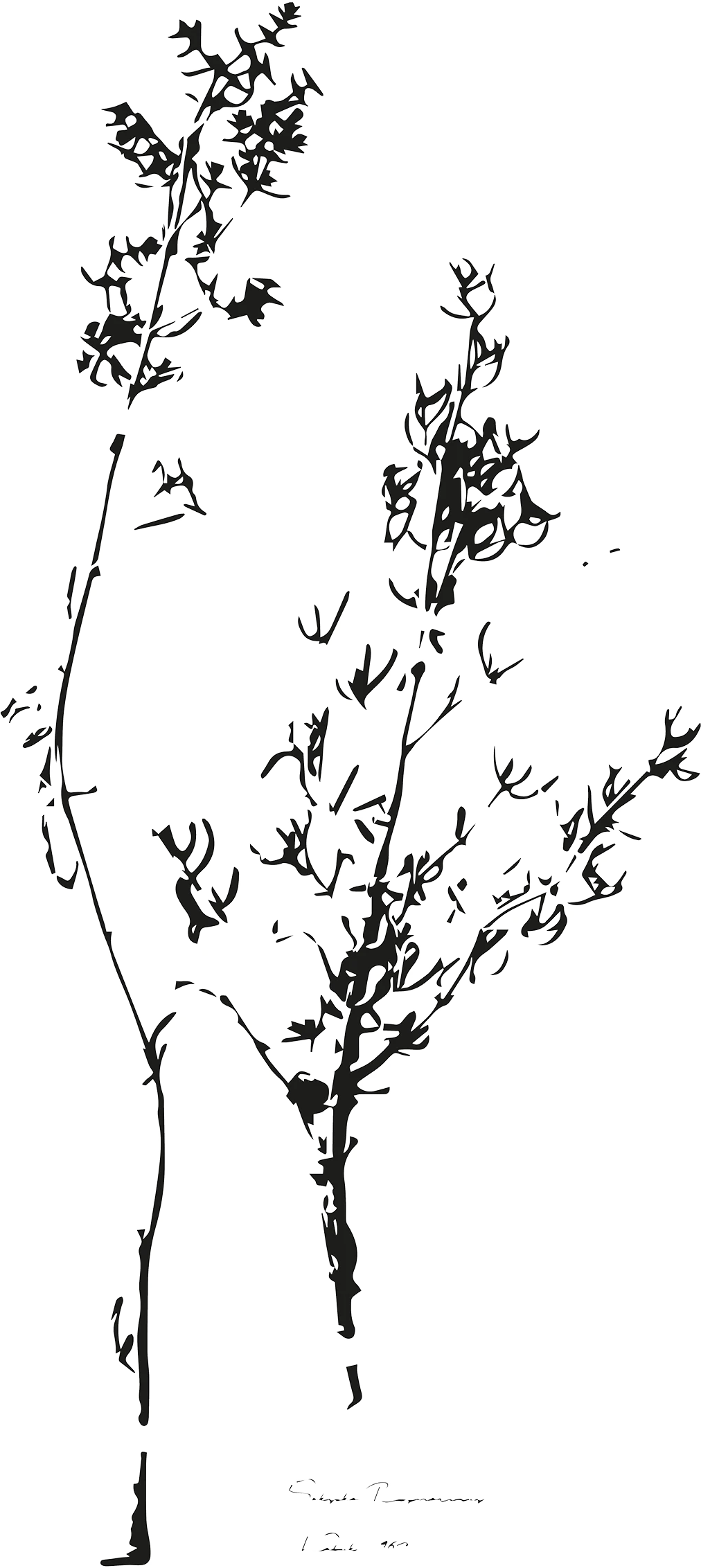Story
The Impact
Kilim weaving is one of the few livelihoods now available to women in Afghanistan, so the income provided from every kilim sold is even more important than it was when we first started this project as a collaboration between ISHKAR, Norwegian Refugee Council & the artisans in Afghanistan. Each one has been handwoven by women who’ve been internally displaced as a result of climate change. The income provided from the kilims has two main aims: to provide the weavers with money and to help to diversify their income away from agricultural livelihoods which are becoming increasingly at risk due to climate insecurity.

The Artisans
Every kilim is made by hand from start to finish. The process of making the wool and dying it is done by men, as is washing the final product. But the weaving of the kilim is done by women from Shamal Drya village in Badghis province (Afghanistan), in their own homes. Through this collaboration ISHKAR, who provided the designs, and NRC, who provided the training, supported women affected by the climate crisis to diversify their incomes as the situation worsens.

The Wool
Part of what makes Afghanistan’s kilims so special is the wool they are made from. Each strand of wool is individually spun by hand, giving the kilims great character. With its unusually long strands Ghazni wool is also famously hardwearing, meaning Afghan carpets can survive for centuries.


















